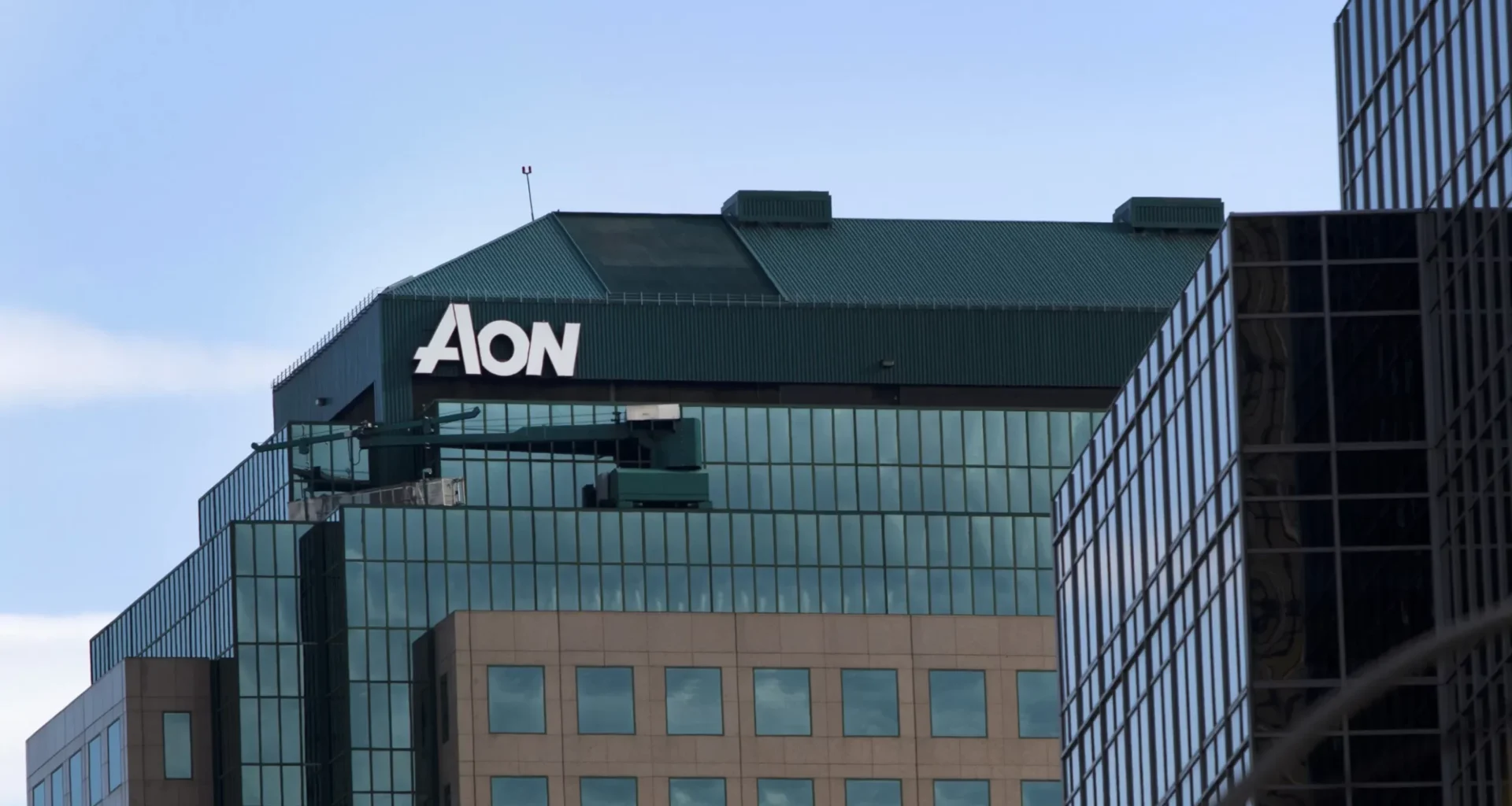255
Joy Agwunobi
Aon Plc, the global professional services firm, has published the 2025 edition of its Global Risk Management Survey, revealing a rapid rise in risks associated with geopolitical volatility and a broader shift in how organisations are rethinking risk priorities.
The survey, which has tracked the most pressing risks for nearly two decades, drew responses from almost 3,000 risk managers, C-suite executives and business leaders across 63 countries. For the first time in the report’s 19-year history, geopolitical volatility entered the global top ten, climbing 12 places since the 2023 edition.
According to Aon, the growing prominence of trade and geopolitical challenges reflects intensifying instability across regions, with ripple effects on supply chains, regulatory environments and corporate financial performance.
Despite these developments, the survey found that many organisations remain underprepared. Only 14 percent of respondents said they actively track their exposure to the top ten risks, while just 19 percent indicated that they use analytics to evaluate the value of their insurance programmes. Aon warned that this gap underscores the urgent need for businesses to shift from reactive responses to proactive, integrated risk management strategies.
Joe Peiser, chief executive officer of Commercial Risk at Aon, said the findings confirm a new operating reality. “The dramatic rise of trade and geopolitical risk highlights a new reality: volatility and uncertainty are now constants for organisations,” he explained, adding “From evolving tariffs to shifting alliances, these forces directly impact balance sheets. Building resilience through analytics and scenario planning is essential for navigating this environment.”
In the 2025 survey, cyber attack or data breach was ranked as the number one risk facing businesses, followed closely by business interruption and the risk of economic slowdown or slow recovery. These were trailed by regulatory or legislative changes, increasing competition, and commodity price risk or scarcity of materials. Supply chain or distribution failure was also highlighted, alongside damage to reputation or brand, geopolitical volatility, and cash flow or liquidity risk
Cyber risk, which has consistently topped the rankings, remains the number one concern. The rapid expansion of digital platforms and AI technologies has widened the attack surface for cybercriminals, while AI-enhanced threats are becoming more sophisticated.
Brent Rieth, Aon’s global cyber leader, said the risk environment is evolving at an unprecedented pace.
“The scale and complexity of cyber risk today is unlike anything we’ve seen before.Our clients are increasingly using AI both defensively and offensively, to enhance resilience and unlock growth. The key is embedding cyber into board-level strategy, investing in quantification and viewing resilience as a competitive differentiator,”he said.
Despite this awareness, the report noted that only 13 percent of companies have quantified their cyber exposure, leaving many underinsured and vulnerable to severe financial and reputational damage. Aon stressed the need for structured AI risk governance and integrated resilience frameworks to address this gap.
Human capital risks slide in rankings
One of the notable shifts in this year’s survey is the drop in human capital risks. In 2023, “Failure to Attract and Retain Top Talent” ranked fourth globally. In the 2025 edition, however, workforce-related risks fell out of the top ten altogether, even as talent shortages and rising healthcare costs persist.
Lisa Stevens, Aon’s chief administrative officer, described this development as worrying. “It’s alarming to see workforce risks slip down the rankings when human capital challenges remain deeply connected to every aspect of business resilience,” she said, while also noting “Cyber threats, supply chain disruptions, geopolitical volatility all of these directly impact the workforce. Treating these risks as isolated issues creates blind spots.”
Stevens added that as artificial intelligence transforms the workplace, workforce strategies become even more critical. She stressed the need for organisations to invest in analytics, skills development and personalisation to ensure their people remain agile and resilient in an increasingly volatile environment.
Looking ahead, Aon’s survey also provided insights into risks expected to shape the business landscape by 2028. Cyber risk is projected to remain the most critical, but artificial intelligence and climate change emerged among the top ten for the first time, reflecting their growing influence on global business.
By 2028, the leading risks are expected to include cyber attack or data breach, economic slowdown or slow recovery, increasing competition, commodity price risk or scarcity of materials, geopolitical volatility, regulatory or legislative changes, business interruption, artificial intelligence, climate change, and cash flow or liquidity risk.
The rise of climate change on the list to ninth position underscores growing awareness of its systemic impact on financial and operational stability. With 2024 recorded as the hottest year on record and insured catastrophe losses exceeding $145 billion globally, business leaders are treating climate as a critical business risk.
Richard Waterer, Aon’s global risk consulting leader, said the results illustrate the convergence of disruptive forces reshaping resilience strategies.
“What’s striking about this year’s future risk rankings is how quickly new forces like AI and climate move to the forefront. These risks don’t just add complexity; they fundamentally change how organisations need to think about resilience. The convergence of technology, geopolitics and environmental pressures means leaders must anticipate how these megatrends interact and build strategies flexible enough to adapt to whatever comes next,” he explained.
